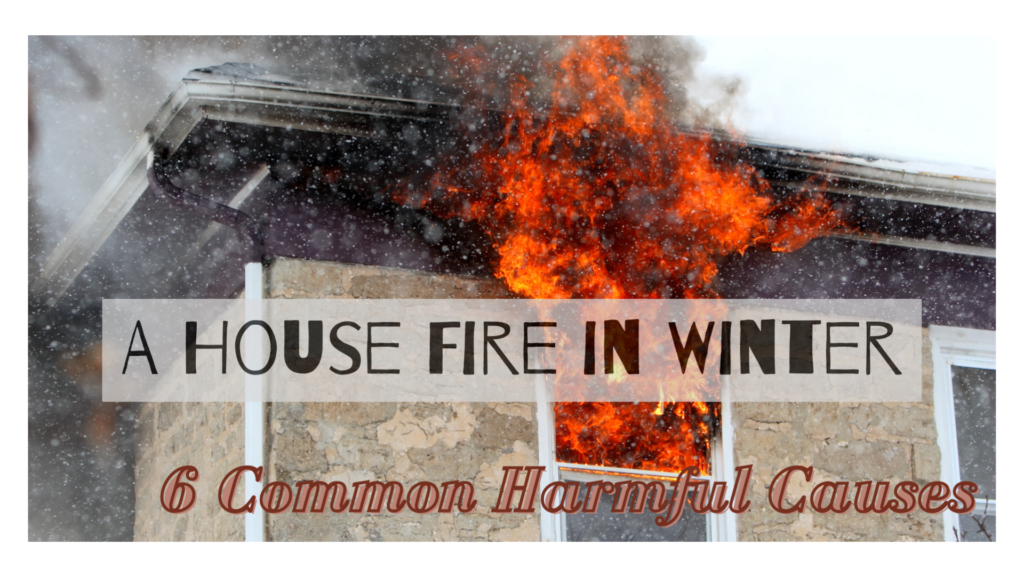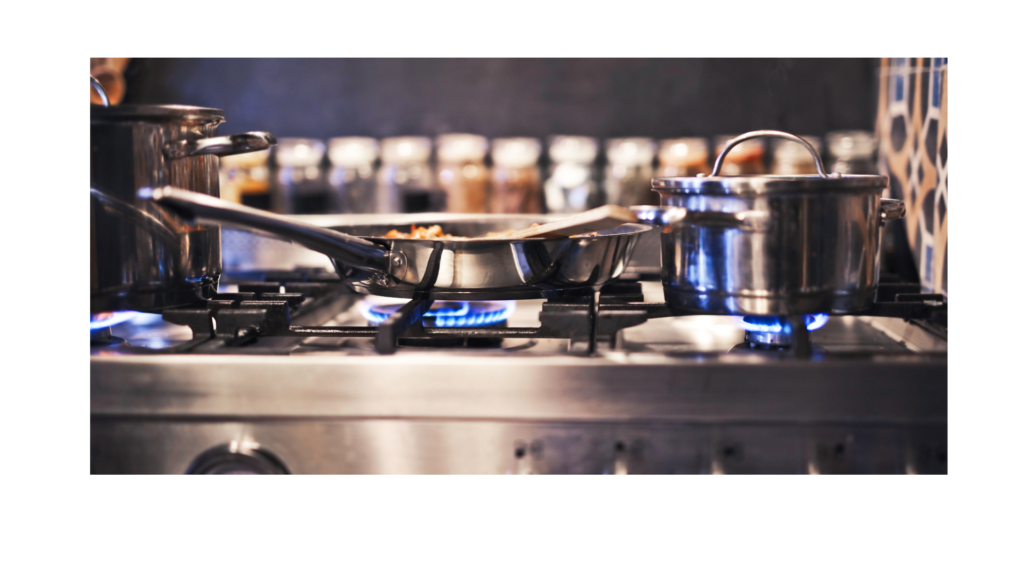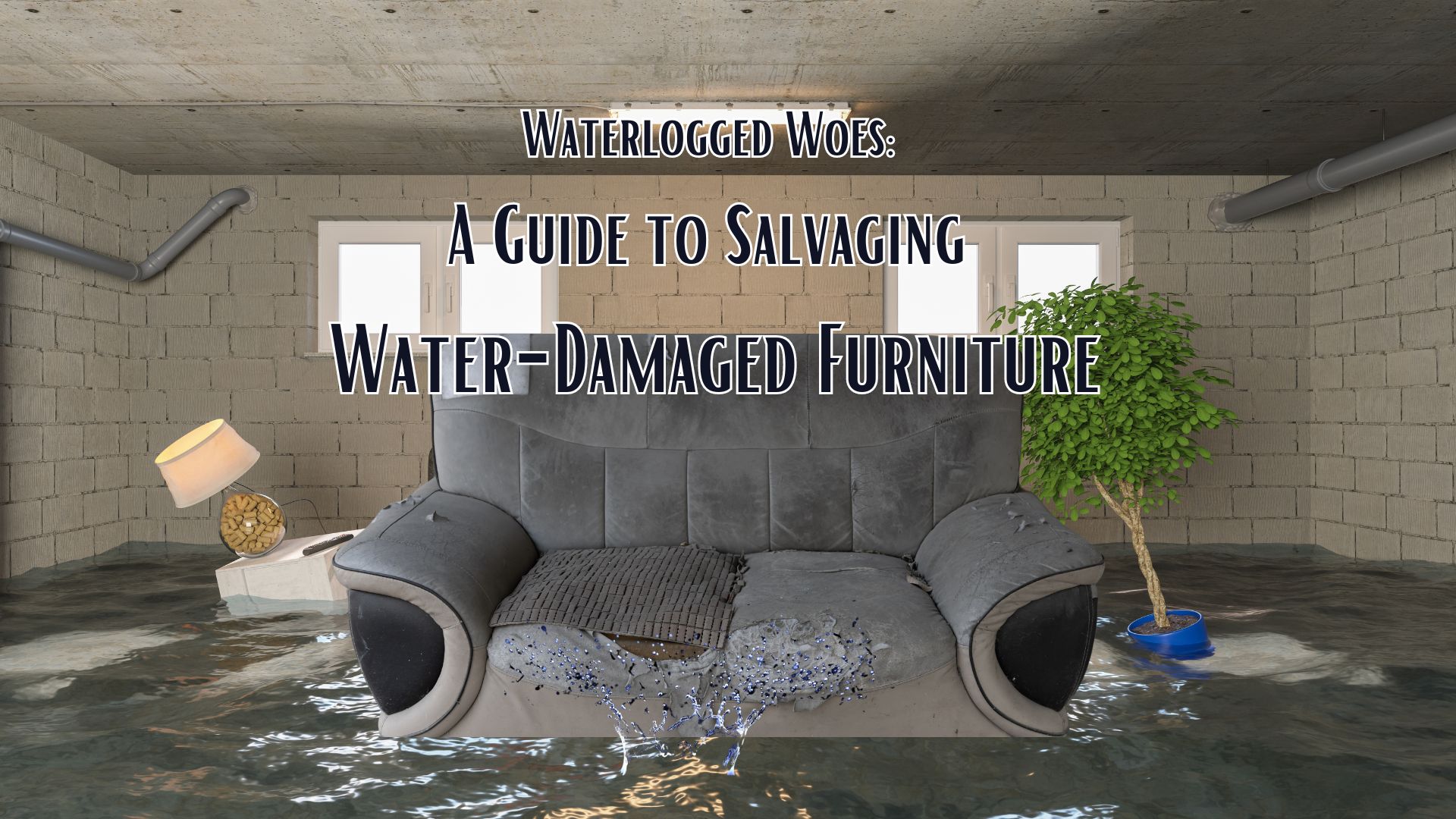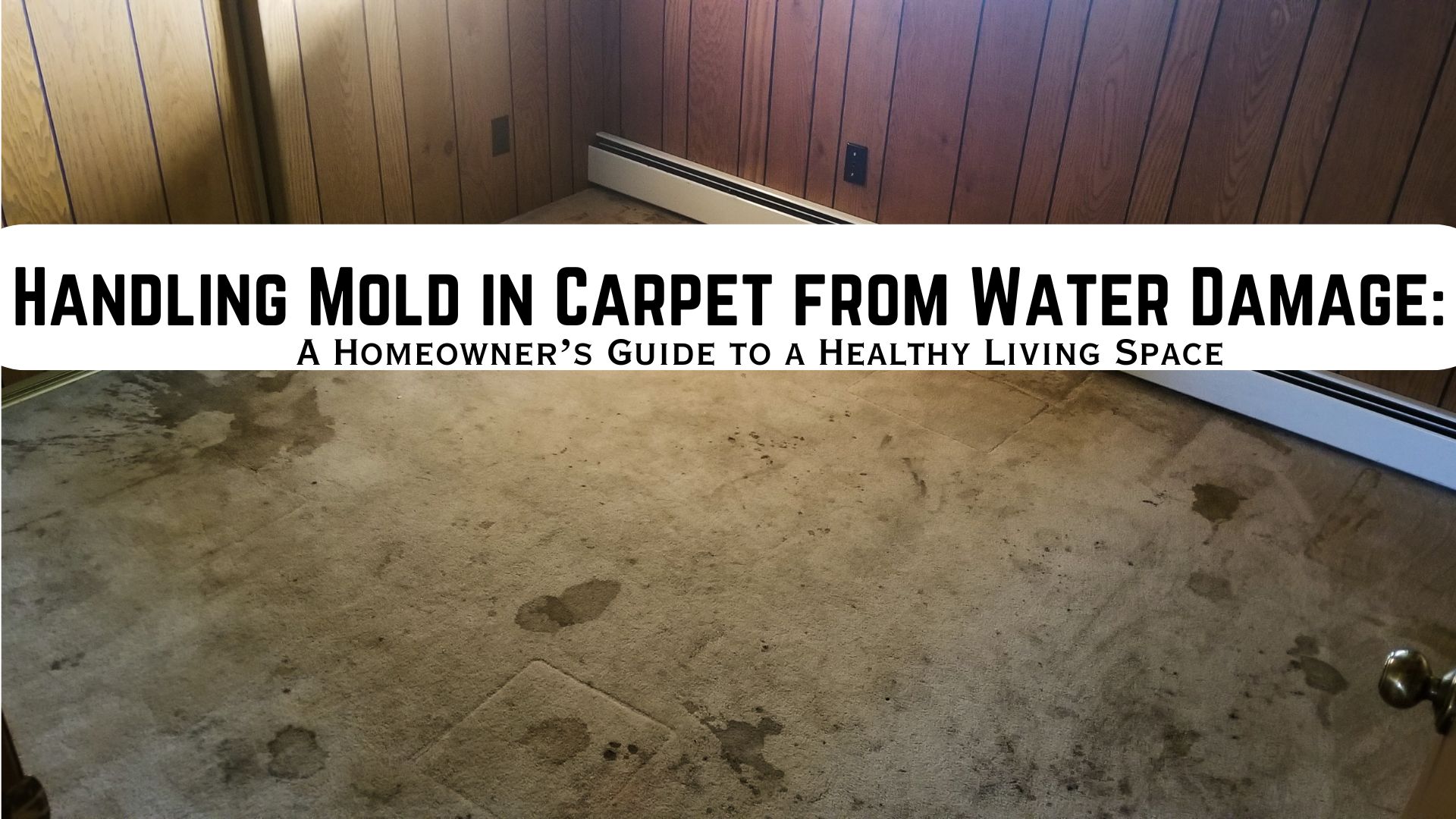
Throughout the winter, most of us prefer staying indoors, yearning for the arrival of warmer weather. We tend to overuse our home heating systems to keep ourselves warm during the cold season, increasing the risk of fire in winter months. The longer we spend inside our homes, the higher the likelihood of a house fire occurring.
The National Fire Protection Association (NFPA) declares that home structure fires cause damages of about $6-8 billion dollars each year, resulting in more than 360,000 incidents. As you read this article, you will learn the common causes of a fire in winter and understand the recommended fire safety tips by the experts.
Causes of a House Fire in Winter
Certain causes of home fires become more prevalent during the winter months. Below are the following:
1. Burning Candles
When the fresh air doesn’t circulate inside our homes, we use scented candles to freshen up the environment or enhance the holiday decorations. However, between 2012 and 2016, approximately 8,200 candle fires were reported, with the peak time for these incidents occurring in December.
Eleven percent of home candle fires are caused by people falling asleep while the candles still burn. Therefore, you must ensure to extinguish all candles before bedtime at night and never leave the room while they are burning.
In three out of every five home fires, the cause was some flammable object placed too close to the candle. Placing candles at a minimum distance of three feet from combustible materials such as holiday decorations, curtains, blankets, and other similar items in your home is advisable to avoid such incidents.
Tip: Today, a wide range of flameless scent alternatives are available in the market, including wax warmers, oil diffusers, and plug-in air fresheners.
2. Cooking

The U.S. Fire Administration has identified cooking as the leading cause of home fire injuries all year round, including during winter when people tend to cook indoors more frequently. It is crucial to take preventive measures to ensure the safety of your home:
- Always stay attentive in the kitchen and avoid leaving hot appliances unattended while cooking to avoid any potential fire in winter.
- Keep flammable items, such as paper products, towels, potholders, etc., away from the stove.
- Regularly cleaning your stove and oven can help prevent grease buildup and reduce the risk of fires.
- When cooking, it’s essential to keep children and pets at a safe distance of at least three feet away from the stove.
3. Electrical Lighting (especially on Christmas trees)
Electrical distribution of lighting equipment played a part in causing 43% of Christmas tree fires, making it imperative to ensure the safe installation of your Christmas lights.
- Never use lit candles when lighting up your Christmas tree, as they pose a fire hazard.
- If you come across a string of lights with loose bulb connections, frayed wires, or any visible signs of wear, replace it with a new strand. Read the manufacturer’s instructions on how many light strands you can connect to avoid overloading your outlet or power strip, which can potentially start a fire.
- Always turn off your Christmas lights before leaving the house or heading off to bed to prevent fire hazards.
Tip: You can often use LED lights in larger quantities than incandescent ones since they consume less energy.
4. Christmas Trees
Real and artificial Christmas trees pose a fire risk in your home. Real trees have a higher risk of catching flame due to their needles drying out, while artificial trees produce more severe flames with dangerous chemicals and smoke.
Choose a real tree with fresh, green needles that do not fall off when touched if you prefer it. Before placing it on the stand, cut 2 inches off the trunk. Water your tree daily to prevent the needles from drying out, as dry trees are highly flammable.
To avoid fire hazards, keep heat sources such as radiators, space heaters, fireplaces, and heat vents at least three feet away from your tree. Ensure your tree does not block any exits, such as hallways or doors, and practice your fire escape plan with your family.
5. Smoking Can Cause a Fire in Winter
Smoking materials, including pipes, cigarettes, and cigars, are the primary cause of fire-related fatalities in the United States. The following are some smoking safety recommendations:
- Smoking indoors during cold weather can raise the risk of carbon monoxide poisoning as the gas is colorless, odorless, and lethal. Most deaths occur due to fires that start in living rooms, family rooms, dens, or bedrooms; hence, it is crucial to avoid smoking indoors.
- Keep smoking materials such as cigarettes, lighters, and matches out of reach of children, either by locking them in a cabinet or placing them high out of reach.
- Always use a sturdy ashtray to put out smoking materials, and avoid discarding them in flammable vegetation such as plants, peat moss, or mulch.
- Before discarding cigarette butts and ashes, ensure you kill them entirely by dousing them with water or sand.
6. Electrical Appliances like Dryers and Washing Machines
Dryer fires usually occur more often during the fall and winter and reach their highest peak in January. Homeowners often fail to clean their dryers, which is the leading cause of most dryer fires. The accumulation of lint and other materials blocks the unit from releasing heat, which becomes the fuel for dangerous fires.
House Fire in Winter: Tips
- To prevent a dryer fire in winter, clean the lint filter after every use of the dryer.
- Having a professional clean the dryer vent and ductwork at least once a year is also essential.
- You should frequently check your vents and ductwork between cleanings to ensure nothing gets backed up.
- Additionally, ensuring that someone is present and awake while the cycle is running is vital.
For Fire Damage Services, Contact Superior Restoration
The aftermath can be devastating if you have experienced a fire in your home or business. The process of repairing and restoring the damage can be overwhelming and stressful. That’s where Superior Restoration comes in.
We are a team of skilled professionals who specialize in fire damage restoration. Our services include debris removal, smoke removal, soot removal, water damage restoration, and more. We understand the importance of acting quickly and efficiently to minimize the damage and get you back to your everyday life as soon as possible.
Contact Superior Restoration today for reliable and comprehensive fire damage services.



